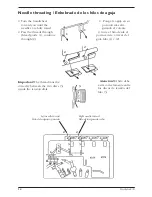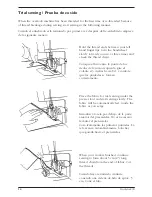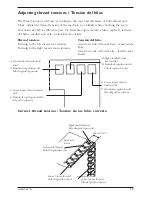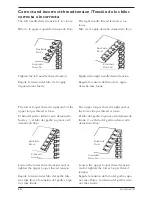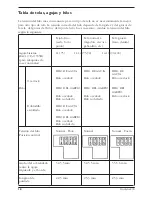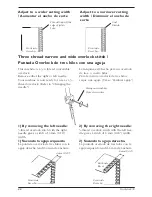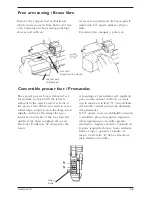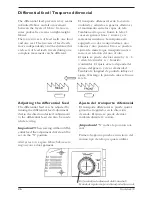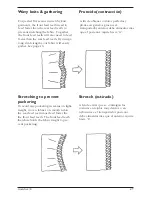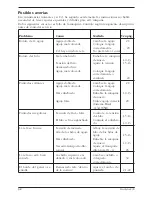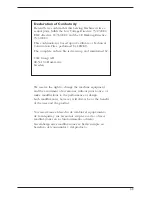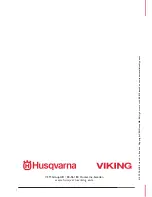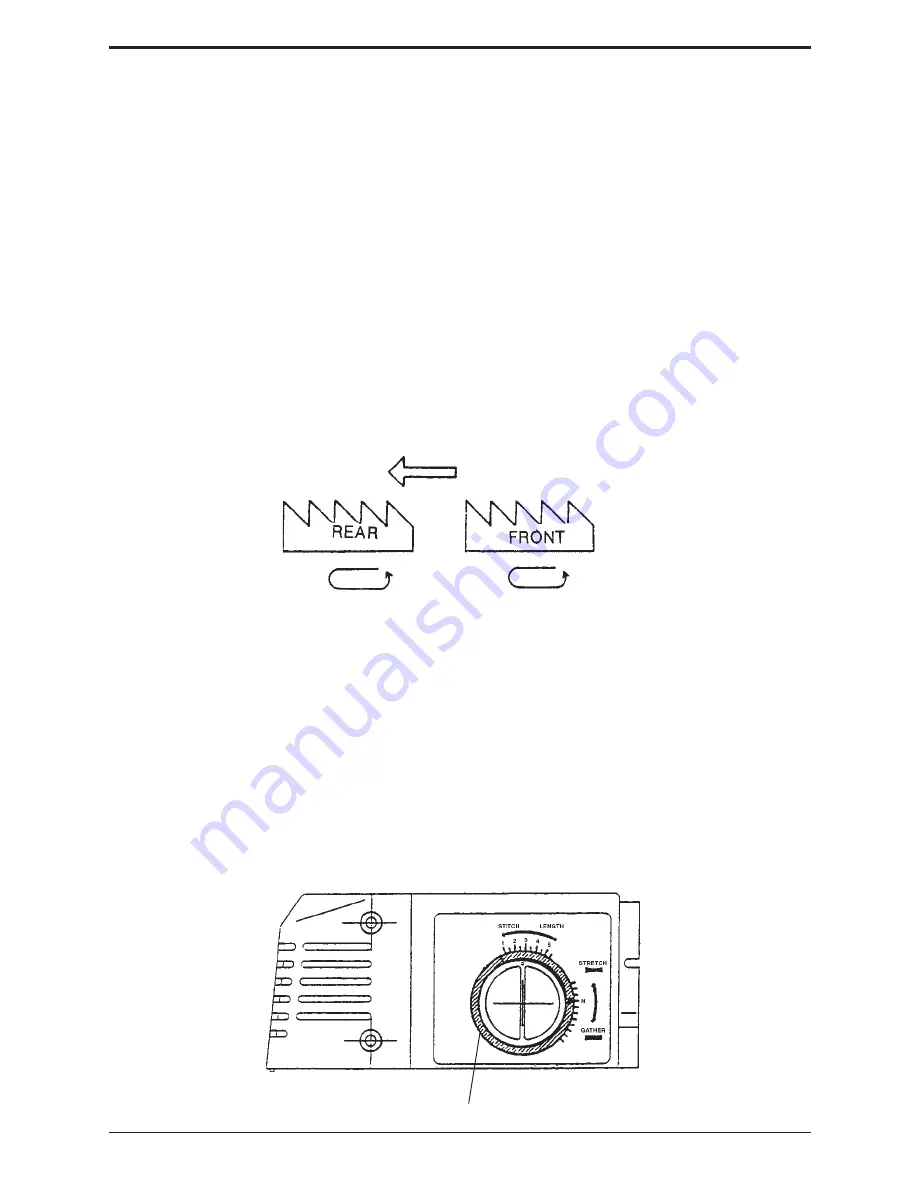
Huskylock 90
26
Differential feed / Trasporte diferencial
The differential feed prevents wavy seams
in knitted fabrics and also movement
between the layers of fabric. It also en-
sures pucker-free seams on light-weight
fabrics.
There are two sets of feed teeth, one front
and one rear. The two sets of feed teeth
move independently and the distance that
each sets of feed teeth travels during one
complete movement can be different.
El transporte diferencial evita la costura
ondulada y estirada en géneros elásticos y
el movimiento entre las capas de tela.
También evita que se frunza la tela al
coser en géneros finos y suaves y en
materiales sintéticos. La máquina está
equipada con dos transportadores, uno
anterior y uno posterior. Estos se pueden
ajustar de manera que transporten más o
menos en relación del uno al otro.
El ajuste se puede efectuar entre S y G - S
= stretch (estirado), G = fruncido
(contraído). El ajuste exacto depende del
grueso del género y de su elasticidad.
También la longitud de puntada influye el
ajuste. Más largo la puntada, más se frunce
la tela.
Adjusting the differential feed
The differential feed can be adjusted by
turning the differential feed adjustment
dial in the direction desired. Adjustment
to the differential feed can also be made
while sewing.
Important!
When sewing without differ-
ential feed the adjustment dial should be
set on the "N" position.
Ajuste del transporte diferencial
El transporte diferencial se puede ajustar
girando el regulador en la dirección
deseada. El ajuste se puede efectuar
también durante la costura.
¡Importante! “
N” indica la posición nor-
mal.
Primero haga una prueba en un trozo del
mismo tipo de tela que quiere utilizar.
Always test on a spare fabric before sew-
ing on your actual garment.
Differential feed adjustment dial (outer dial)
Mando de regulación para el transporte diferencial

